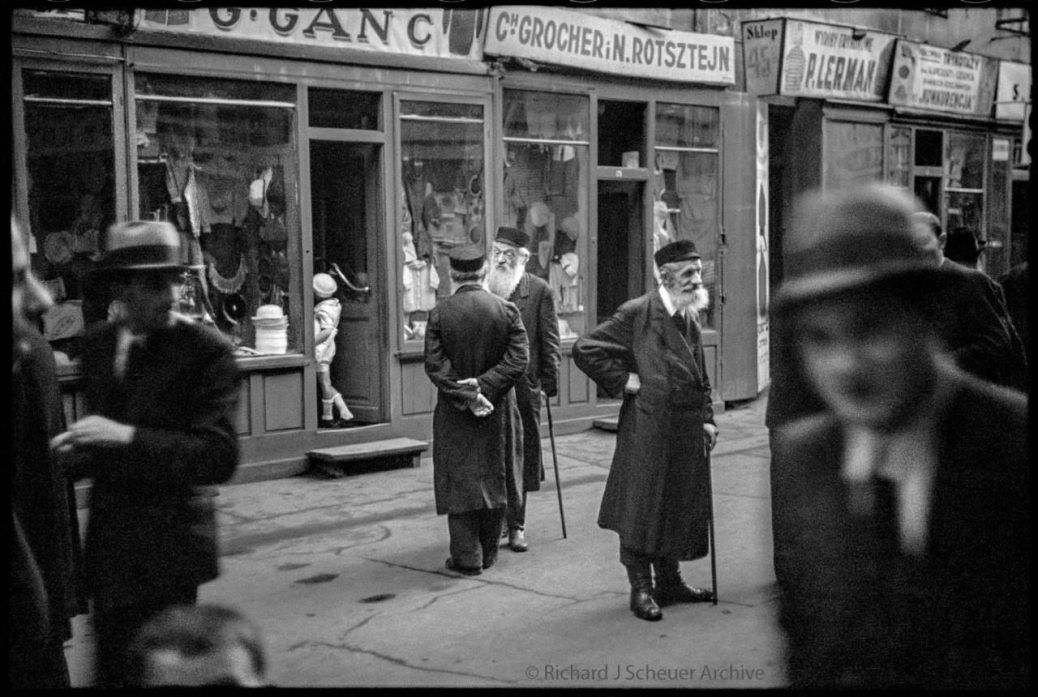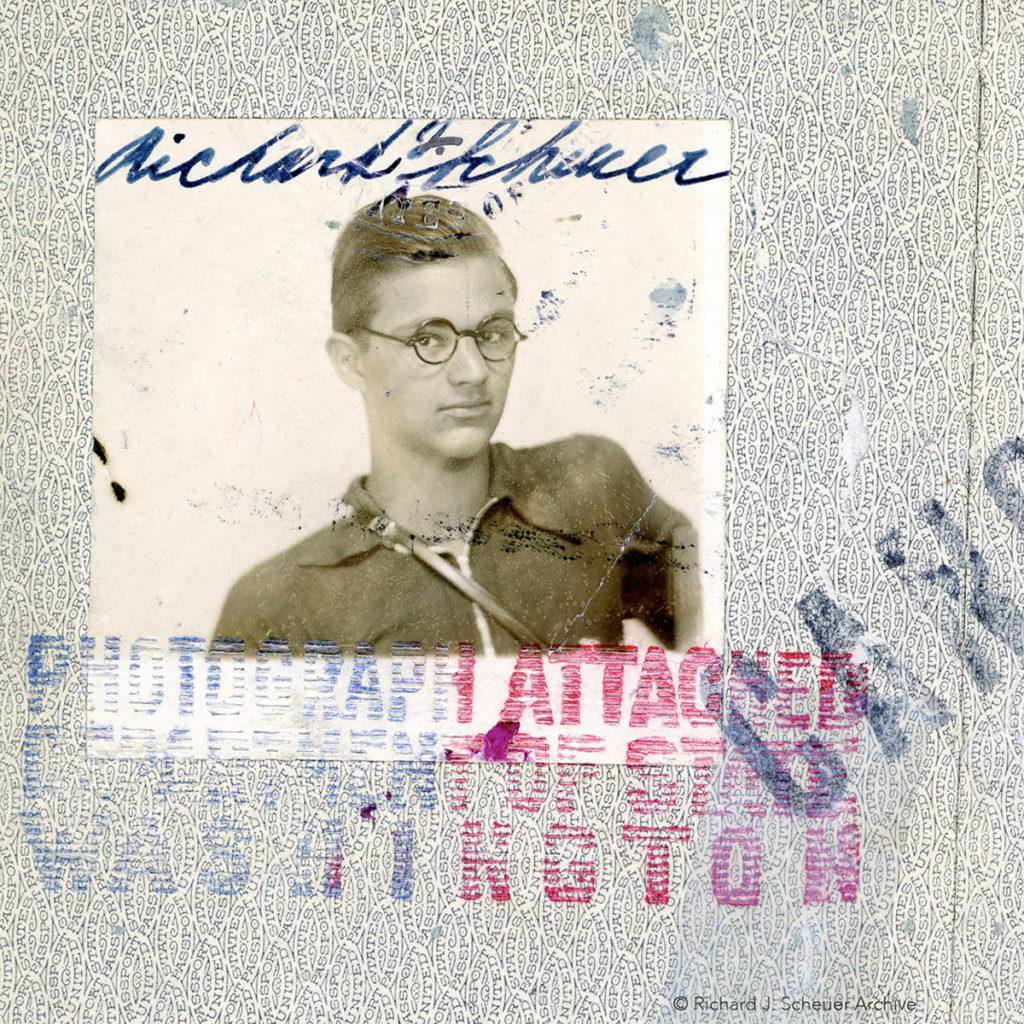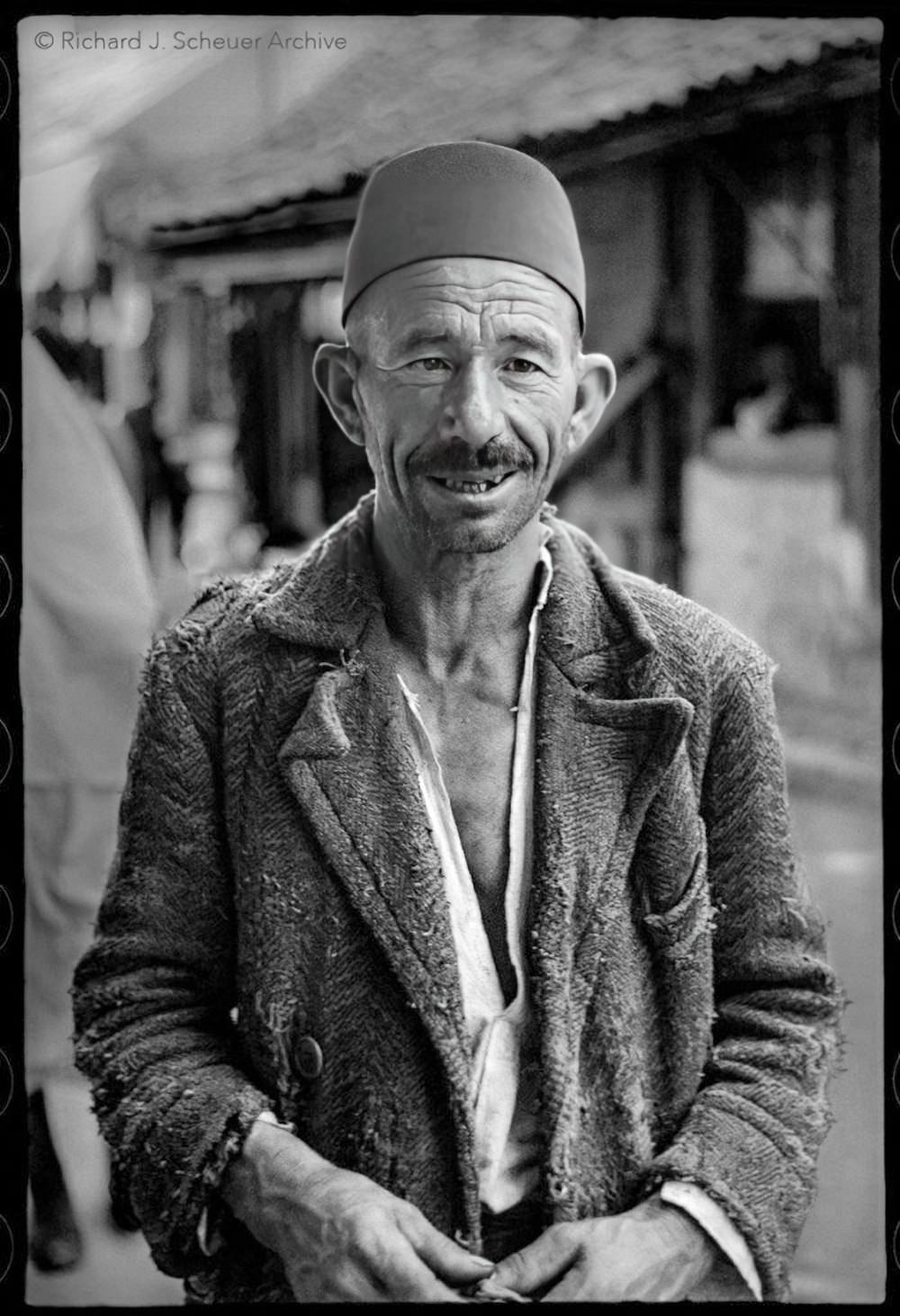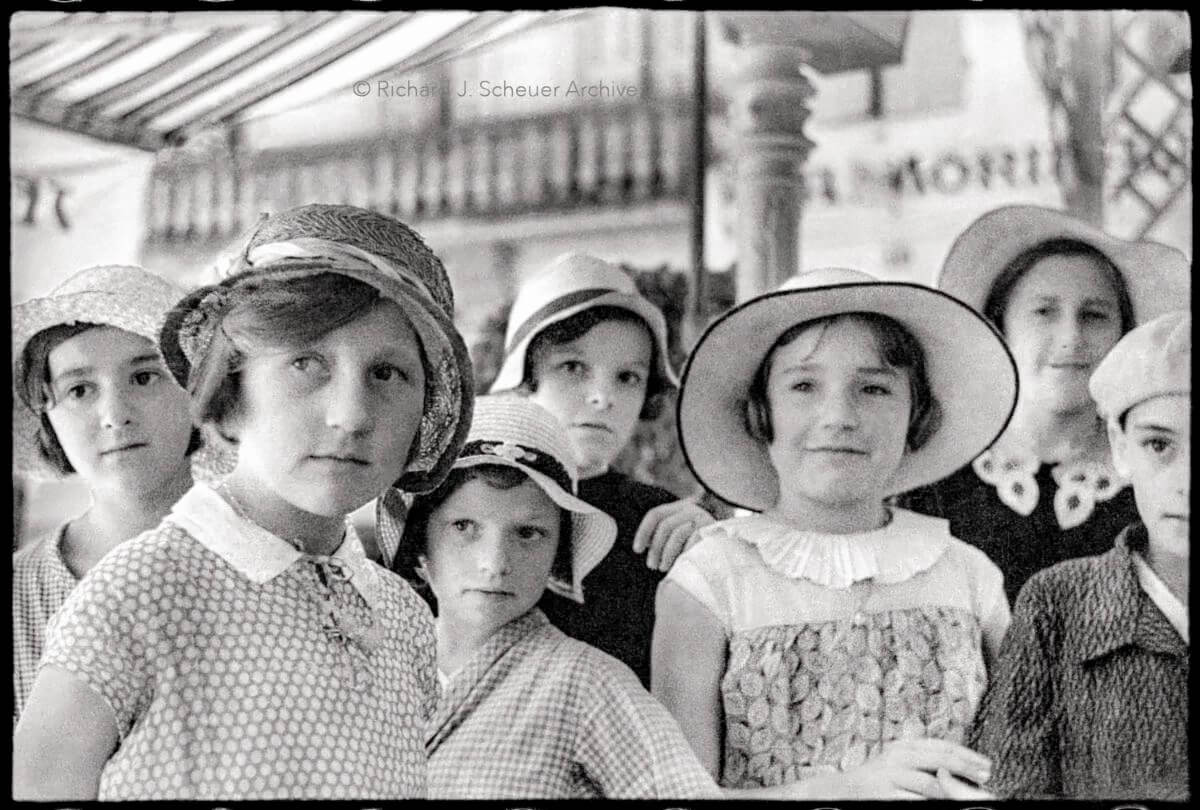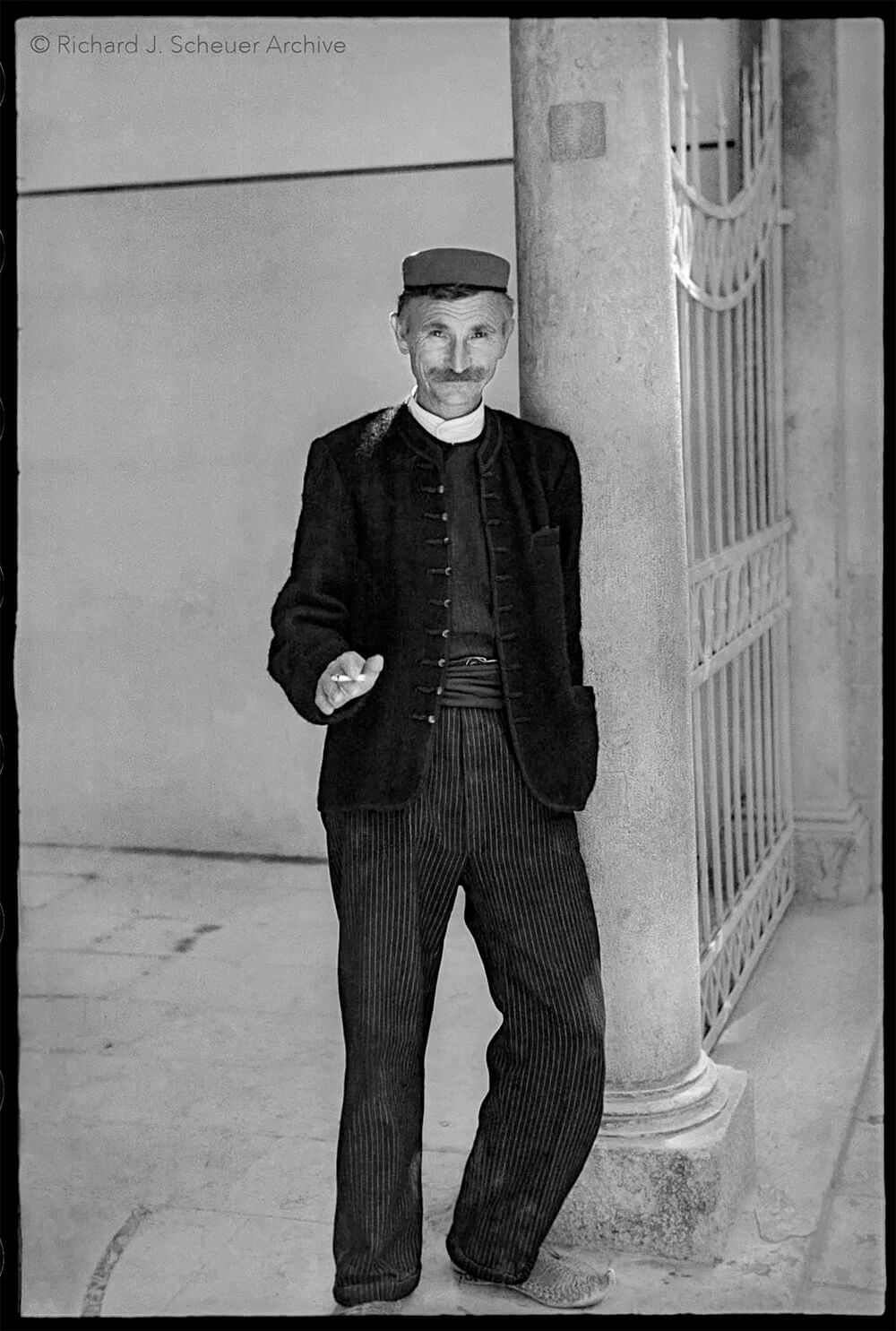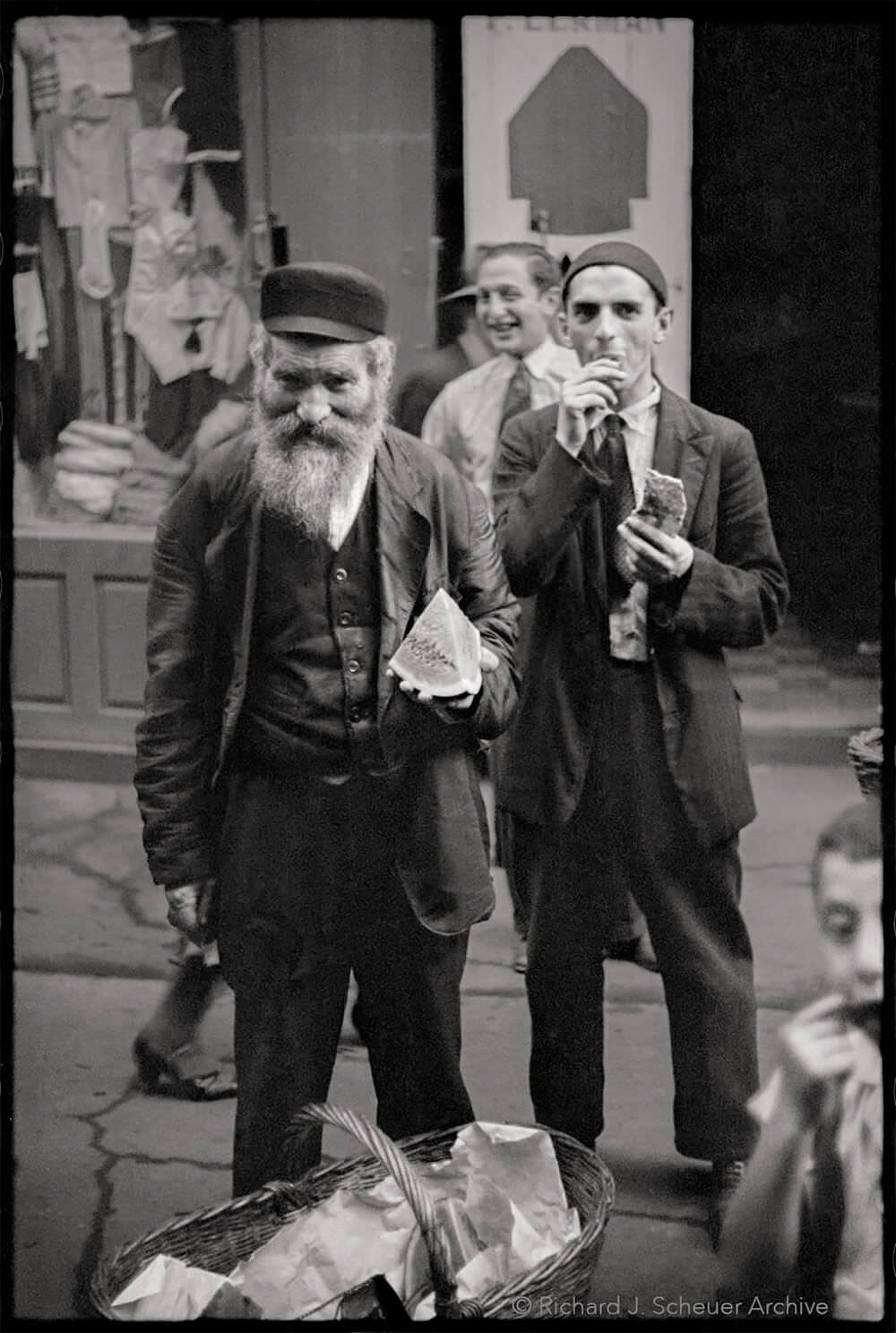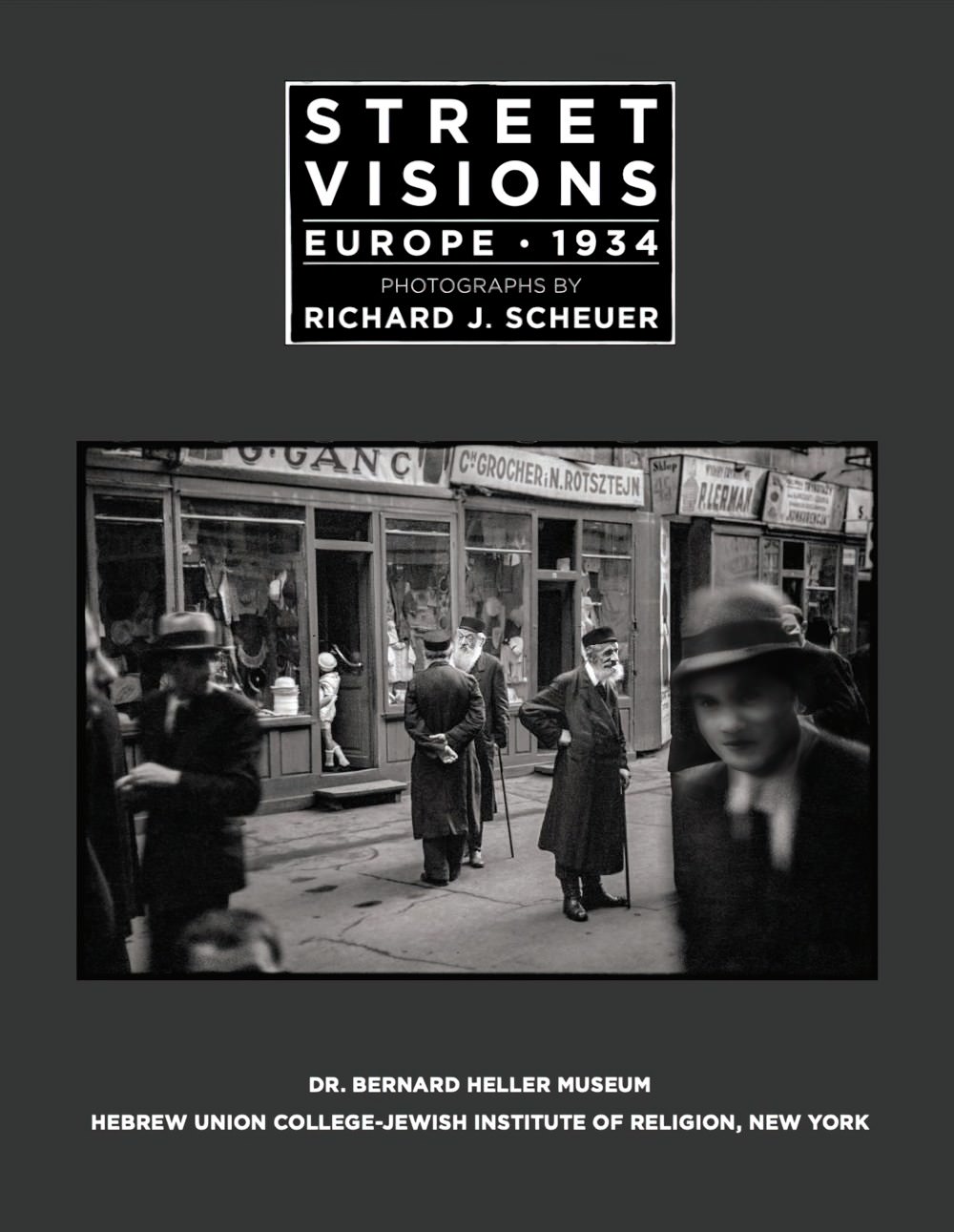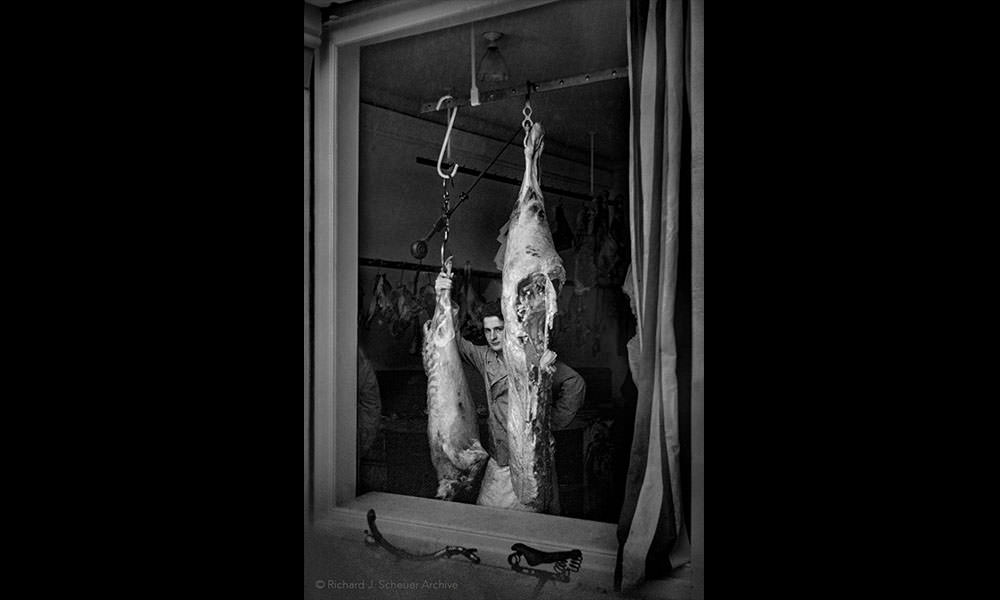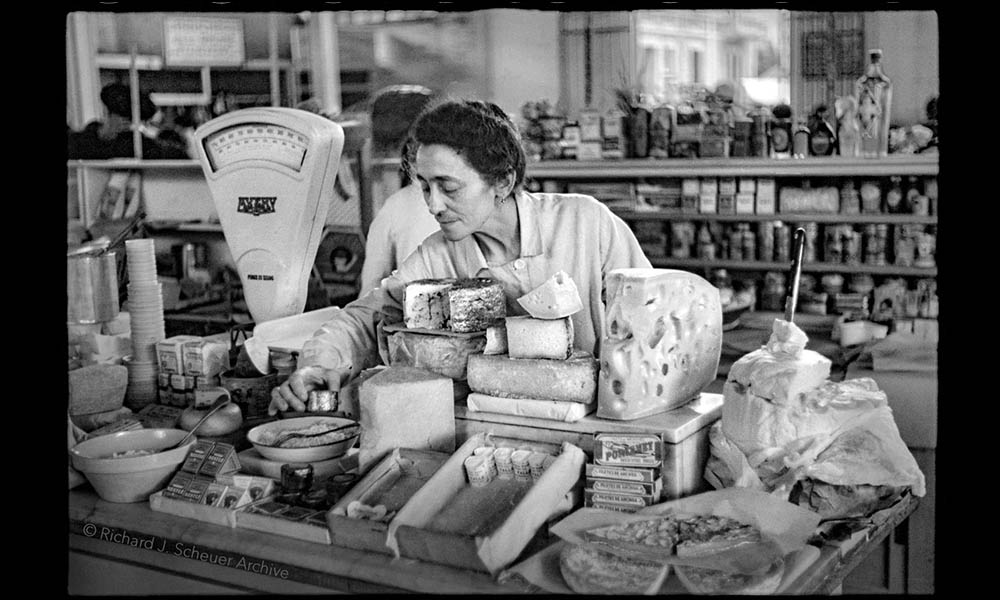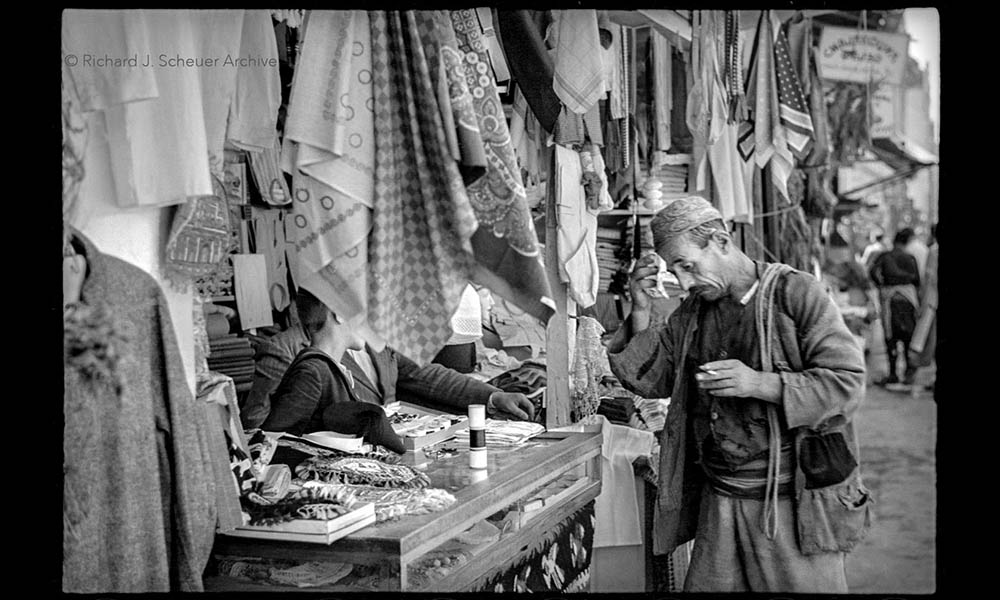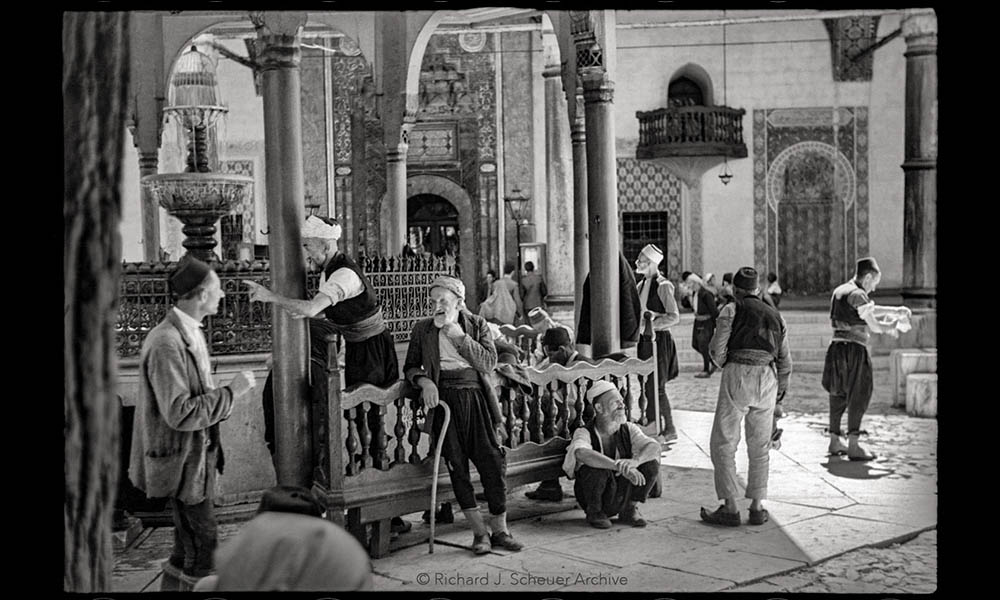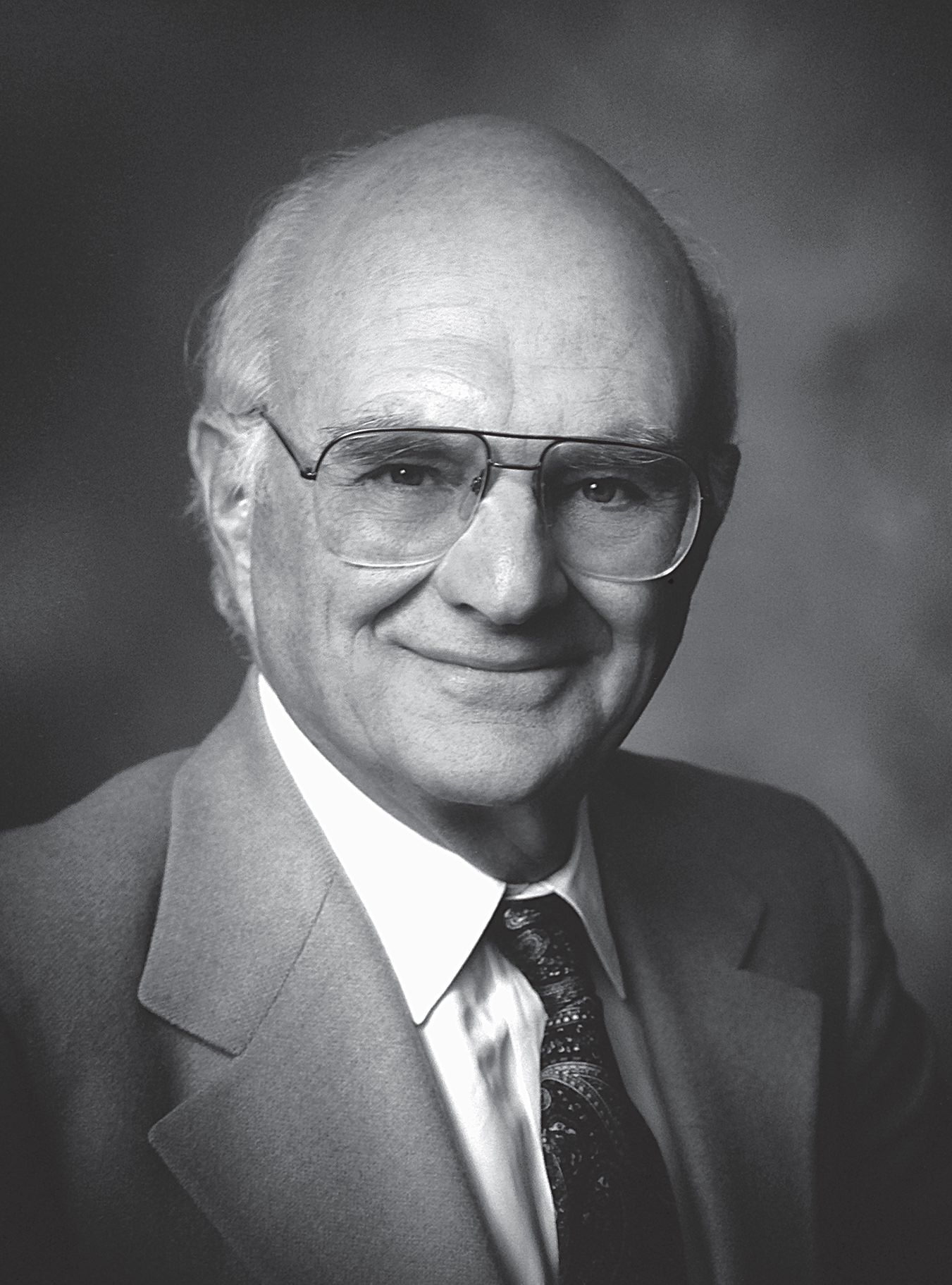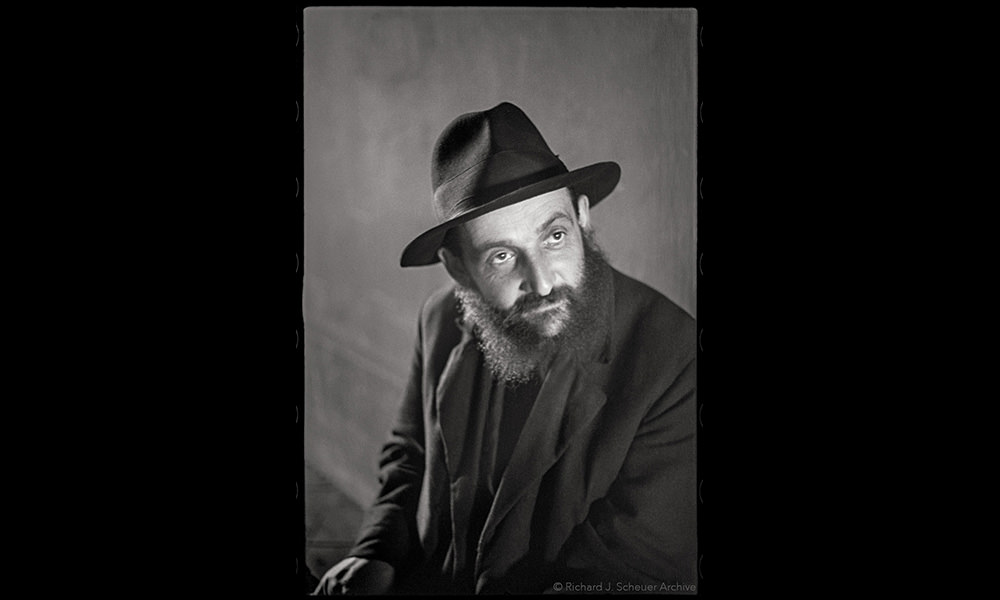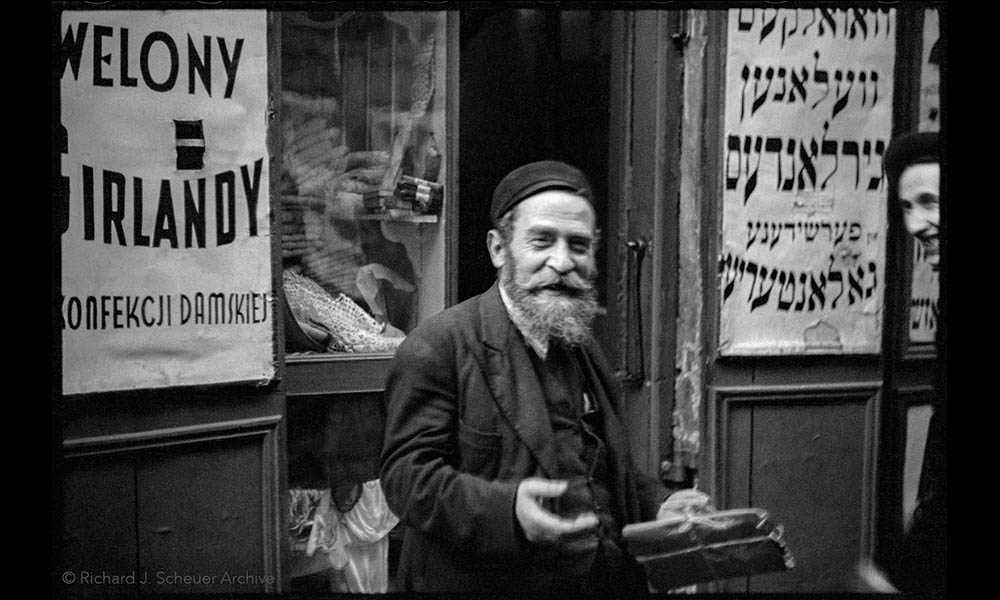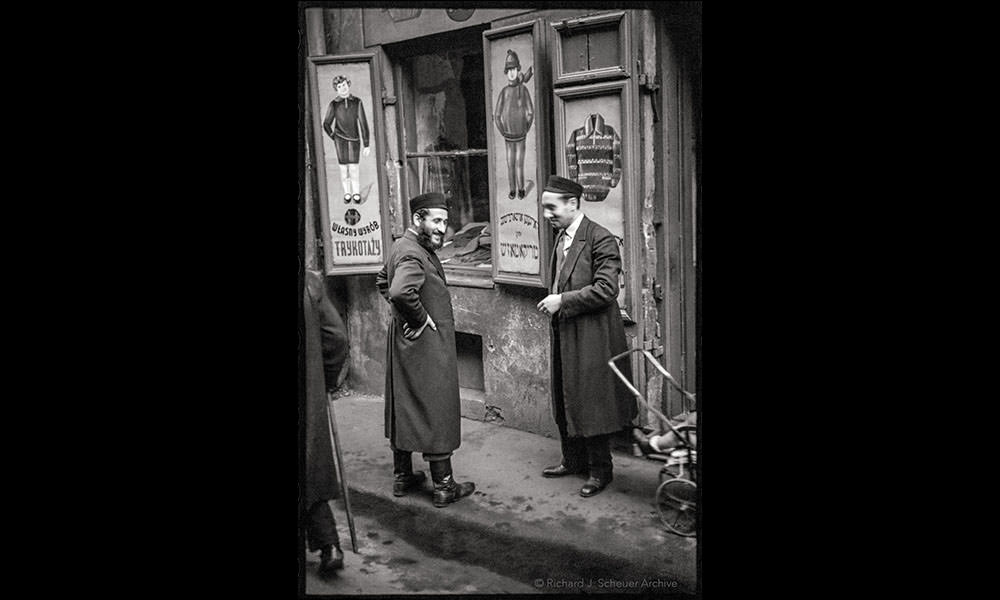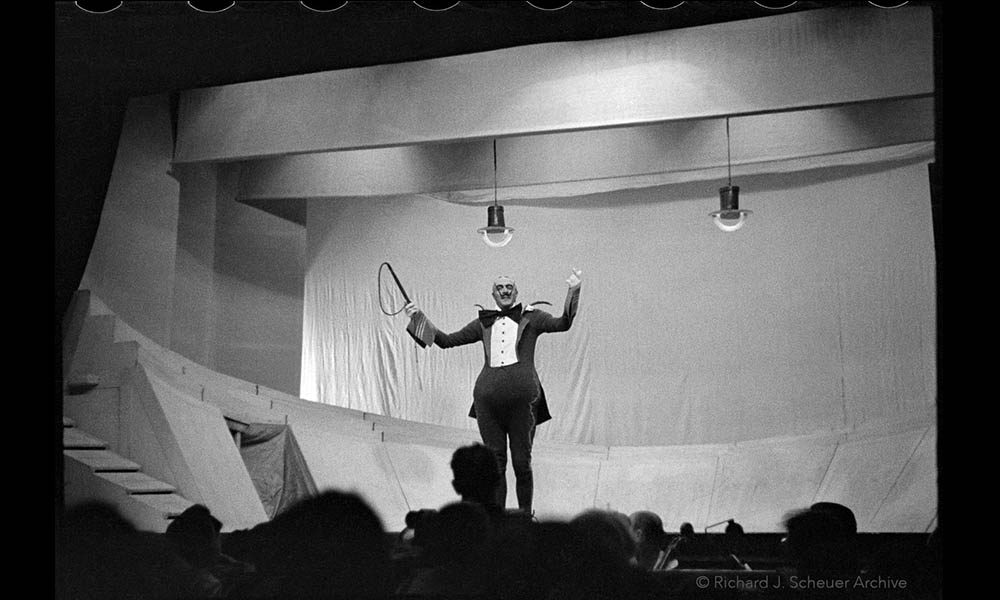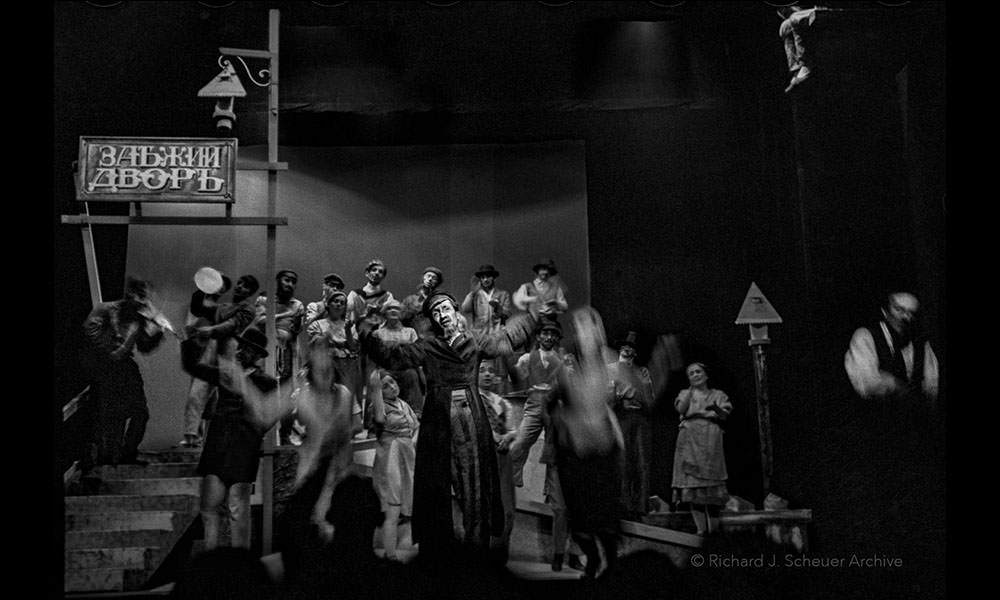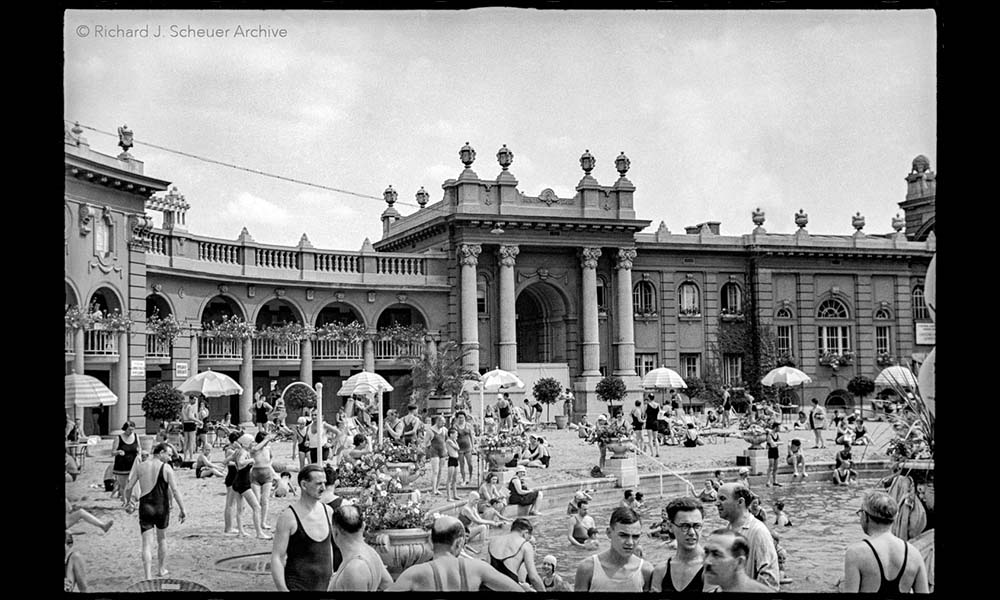Street Visions: Europe, 1934 – Photographs by Richard J. Scheuer
Street Visions: Europe, 1934 – Photographs by Richard J. Scheuer goes on display through December 22, 2022, in the Backman Gallery at the Dr. Bernard Heller Museum at Hebrew Union College-Jewish Institute of Religion in New York.
Richard Scheuer’s black and white photographs depict ordinary people going about their daily lives in pre-war Europe with remarkable clarity and empathy, capturing the continent on the brink of radical change. Scheuer (1917-2008) had just turned 17 when he took an eight-week tour of Europe in the summer of 1934. He traveled the continent, making stops in France, Italy, Yugoslavia, and the cities of Budapest, Warsaw, and Moscow. His subjects ranged from Basque markets in southwest France to artisan bazaars in Yugoslavia, from the outdoor baths in Budapest to Warsaw’s lively Jewish quarter. In the USSR he captured a street parade, a girls’ kazoo band, and theatrical productions including the Moscow State Yiddish Theater and the Moscow Children’s Theater.
Scheuer’s 1934 negatives were developed shortly after his return to the US, but never enlarged until they were digitized, restored, and printed in 2018. Scheuer went on to a successful career in real estate, and service as Chairman of the Board of both the Jewish Museum in New York and Hebrew Union College-Jewish Institute of Religion.
The Dr. Bernard Heller Museum is a natural showcase for these newly recovered treasures which are being introduced here, 88 years after they were created.
The exhibition is accompanied by a fully illustrated show catalogue which is available at HUC. It includes an introduction by Dick’s son Jonathan Scheuer, who writes about his father’s 1934 photographs.
About the Author
Born on July 14, 1917, in Long Lake, New York. For eight weeks during the summer of 1934, Richard J. Scheuer (known to family and friends as Dick) and his father, Simon, traveled through Europe. Dick’s passport picture shows a camera strap positioned diagonally across his chest. It held a 35mm rangefinder camera, likely a Contax or Leica, which he would use to document the trip.
As photography editor of his high school yearbook, young Scheuer was by all accounts a knowledgeable photographer and had likely attended art and photography exhibitions in Manhattan, where he might have encountered the work of Alfred Steiglitz and perhaps even French photographer Henri Cartier-Bresson, who pioneered the genre of street photography.
When Scheuer returned from Europe, he had the highly flammable nitrate negatives developed and contact strips printed, but he never enlarged or printed any of the images. Instead, he placed the negatives and paper contact strips in a cardboard box and stored them away. He graduated from the Ethical Culture Fieldston School the following spring and went on to undergraduate study at Harvard, service as an officer in the Army Signal Corps during World War II, a career as a real estate executive, and a variety of philanthropic work.
He served as board chair at the Jewish Museum, New York, and at the Hebrew Union College-Jewish Institute of Religion, where he led the development of HUC’s Jerusalem campus in partnership with architect Moshe Safdie.
Throughout his life, he continued photographing as an amateur, with most of his work focused on family. (via momentmag.com)
Street Visions: Europe, 1934 — Photographs by Richard J. Scheuer
August 22 – December 22, 2022
Hebrew Union College-Jewish Institute of Religion – New York
More info on:

